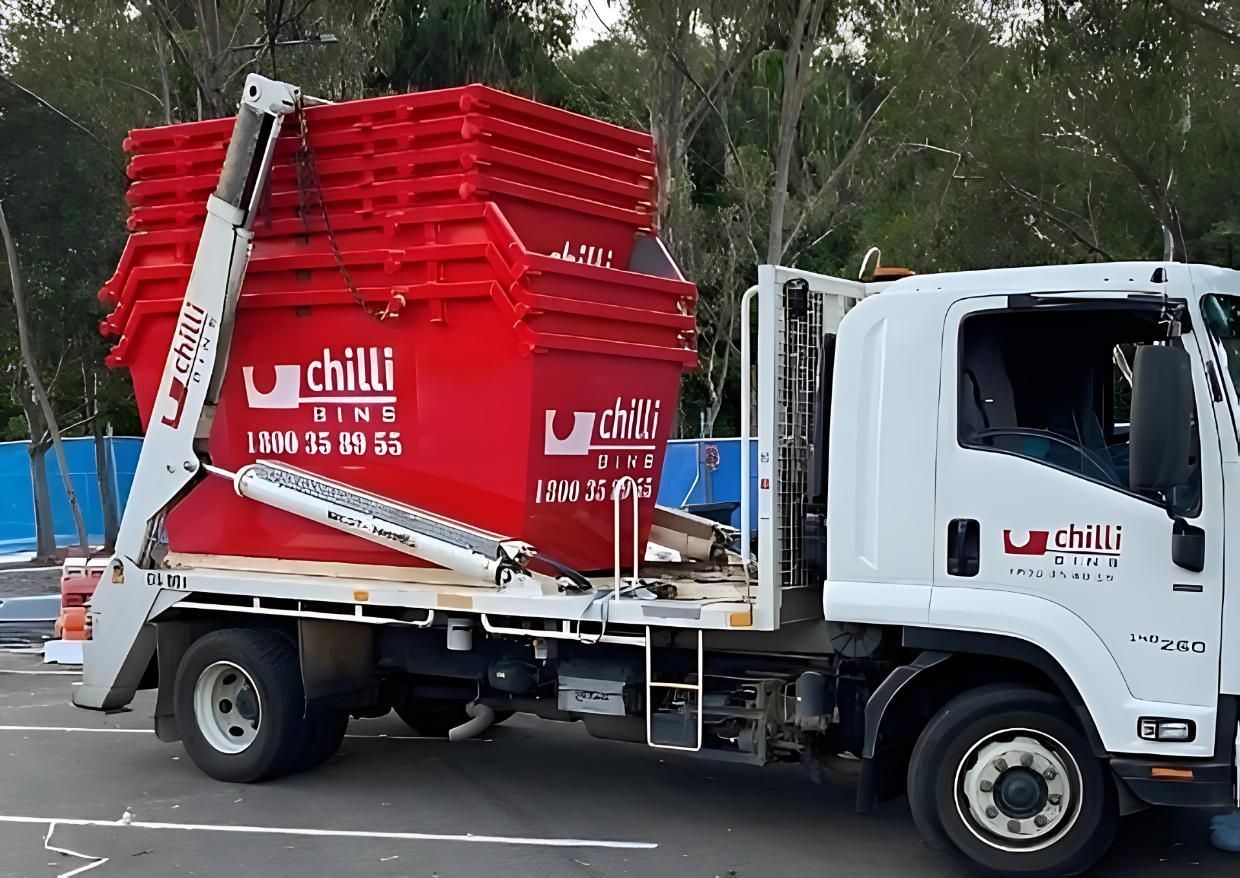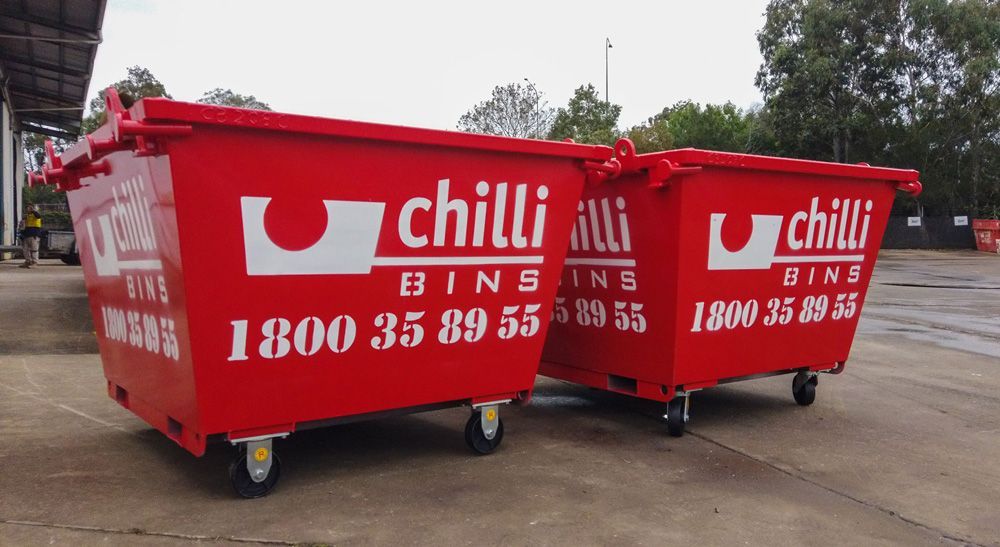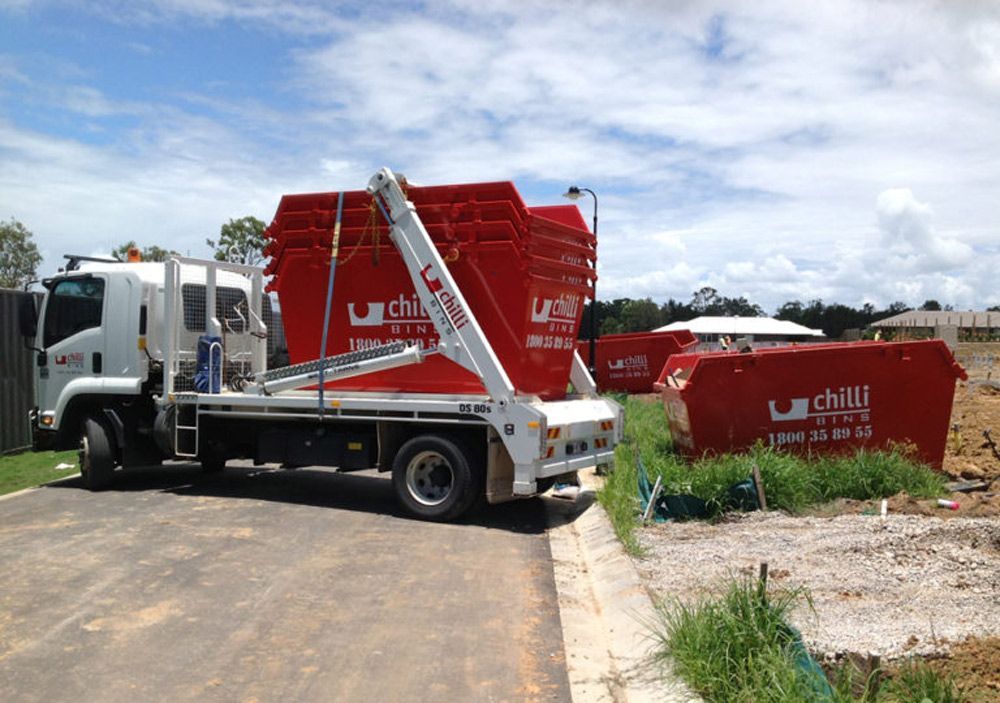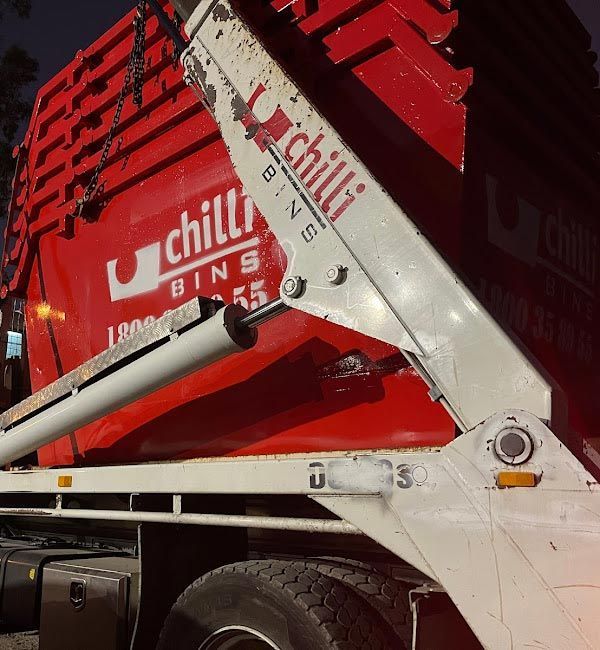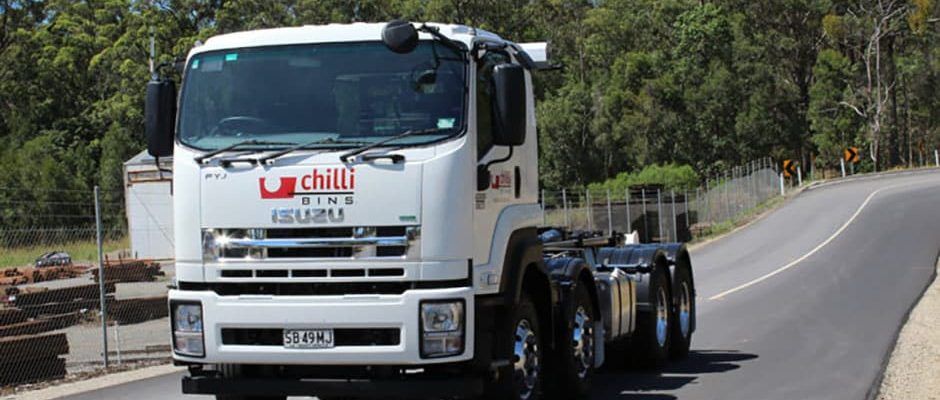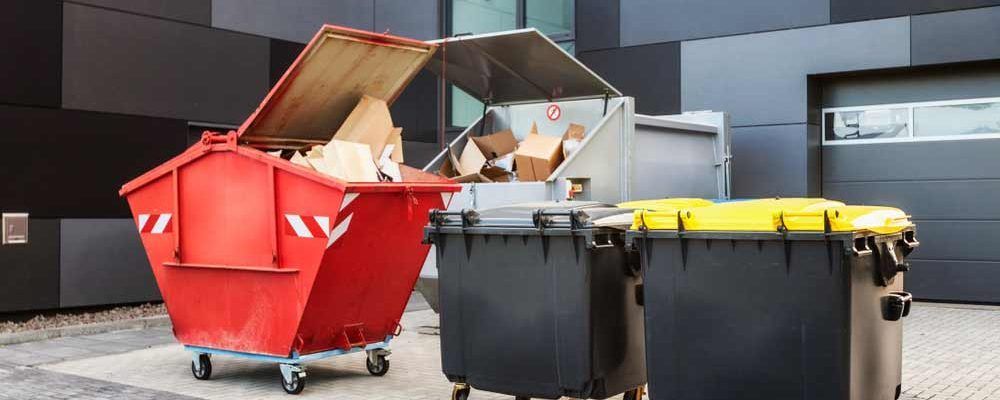5 Tips for Maximising the Capacity of Your Skip Bin
Skip bins are an excellent choice for managing waste during clean-up projects, whether it’s a small home decluttering or a major renovation. However, without strategic packing, it’s easy to underutilise the available space, leading to wasted capacity and, often, higher costs. In this blog, we’ll provide five practical tips to help you maximise your skip bin’s capacity, saving time and money.
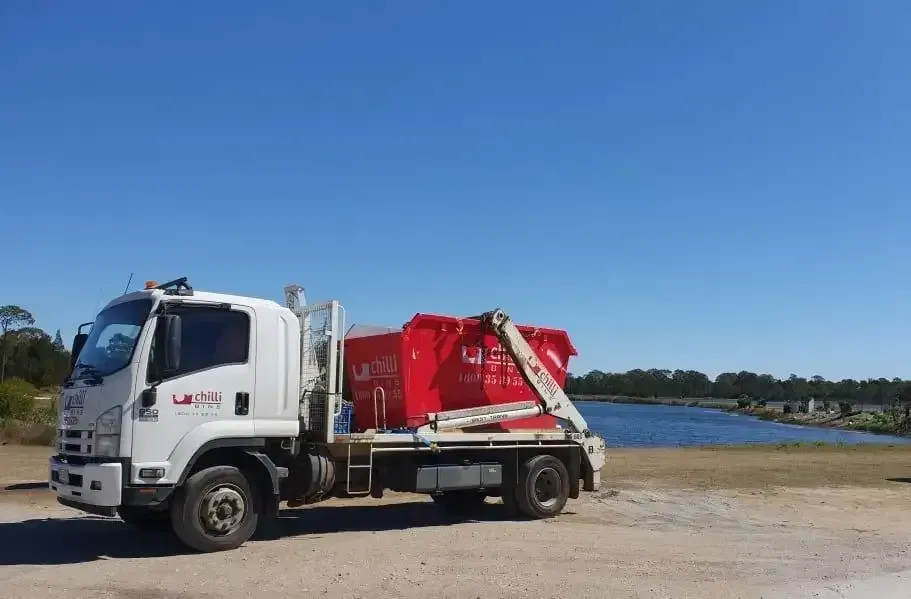
1. Plan Your Load Strategically
Before you start loading your skip bin, it’s helpful to plan your load by considering the shape and size of your items. Begin by placing large, flat, heavy items at the bottom of the bin to create a stable base. This keeps heavy items from crushing lighter ones and optimises the base space, allowing for better stacking of other waste materials on top.
- Place flat items like old doors, panels, and sheets of wood at the bottom to form a foundation.
- Stack heavier items first, then layer lighter materials as you fill the bin.
- Avoid gaps between large items by placing them side by side and stacking them accordingly.
2. Break Down Bulky Items
Bulky items, like furniture and cabinets, can take up unnecessary space if they aren’t broken down. By disassembling or cutting larger items into smaller pieces, you can pack them more efficiently, fitting them into smaller spaces within the skip bin.
- Disassemble items such as tables, chairs, and shelves before loading them.
- Remove drawers and legs from furniture to reduce space usage and make the pieces easily fit.
- Use tools to cut or break down items that don’t need to be kept intact.
3. Avoid Overfilling with Loose Waste
Loose waste, such as plastic packaging, Styrofoam, and other lightweight materials, can take up more space than necessary if simply tossed in. Instead, compress or bag these items together to reduce their volume and fit more in the skip bin.
- Compress light waste materials to avoid filling the bin with unnecessary air space.
- Bag or box lightweight waste to make it compact and manageable.
- Crush items like cardboard or foam packaging to reduce their overall volume.
4. Use Smaller Gaps Efficiently
As you fill your skip bin, keep an eye out for small gaps between items, which can be used to maximise the capacity. Smaller pieces of waste, such as garden clippings, small wood scraps, and metal off-cuts, can be strategically placed to fill in these spaces, allowing you to make the most of every inch of the bin.
- Fill smaller gaps and spaces with compact or odd-shaped items.
- Use garden waste or construction debris to fill up spaces between larger items.
- Stack items with awkward shapes carefully to minimise unused spaces.
5. Understand Your Waste Type & Bin Limitations
To get the most out of your skip bin, it’s essential to know what waste types are allowed and bin load limitations. Different types of waste have specific disposal requirements, and certain items, like hazardous materials, can’t be placed in standard skip bins. Additionally, heavy materials may require smaller bins, as overloading can incur extra fees or prevent collection.
- Familiarise yourself with what items are permitted in the skip bin to avoid extra costs.
- Check the weight restrictions to avoid overloading, especially with bricks, soil, or concrete.
- Dispose of restricted or hazardous materials separately to keep your skip bin within guidelines.
Maximise Your Clean-Up Efficiency with Sunshine Coast Skip Bins
At
Chilli Bins Skip Bins, we provide reliable, affordable hire options for skip bins on the Sunshine Coast for every project. Whether you’re managing a home clean-up, renovation, or large commercial site, our flexible range of bin sizes and same-day service make waste removal easy.
Contact us today for a free quote, and let us handle your waste disposal needs with the utmost efficiency and care.

